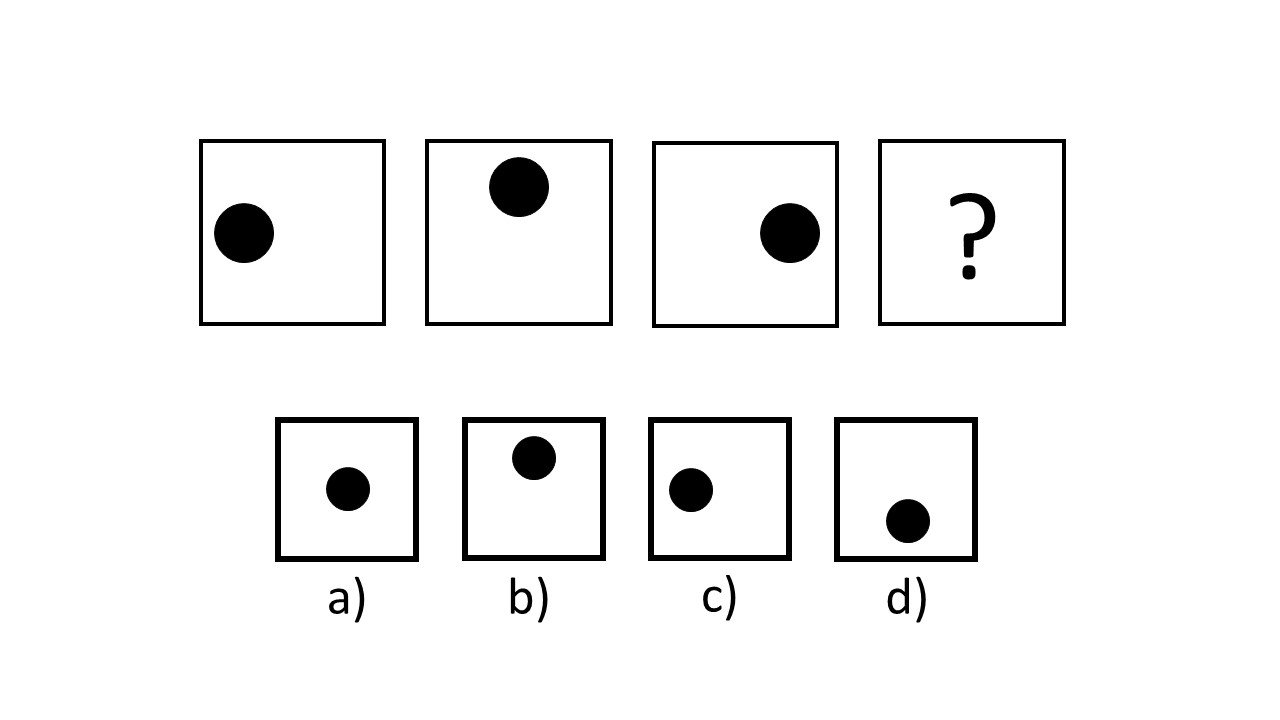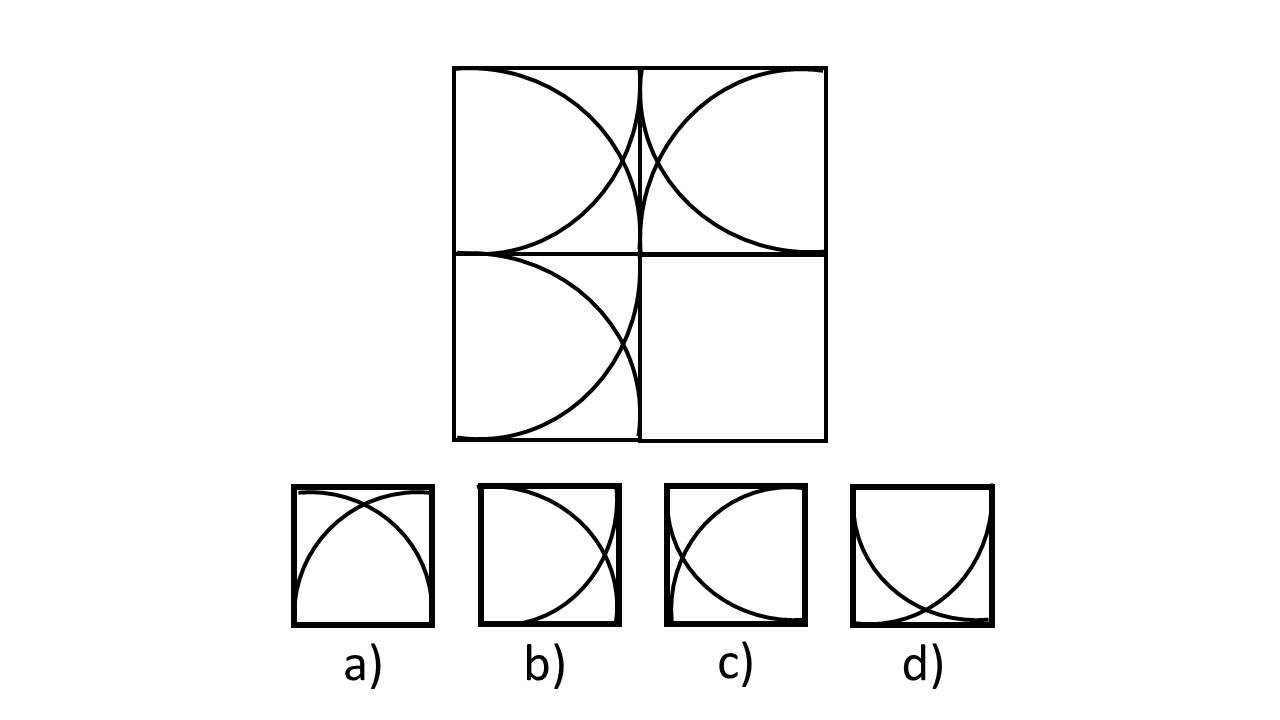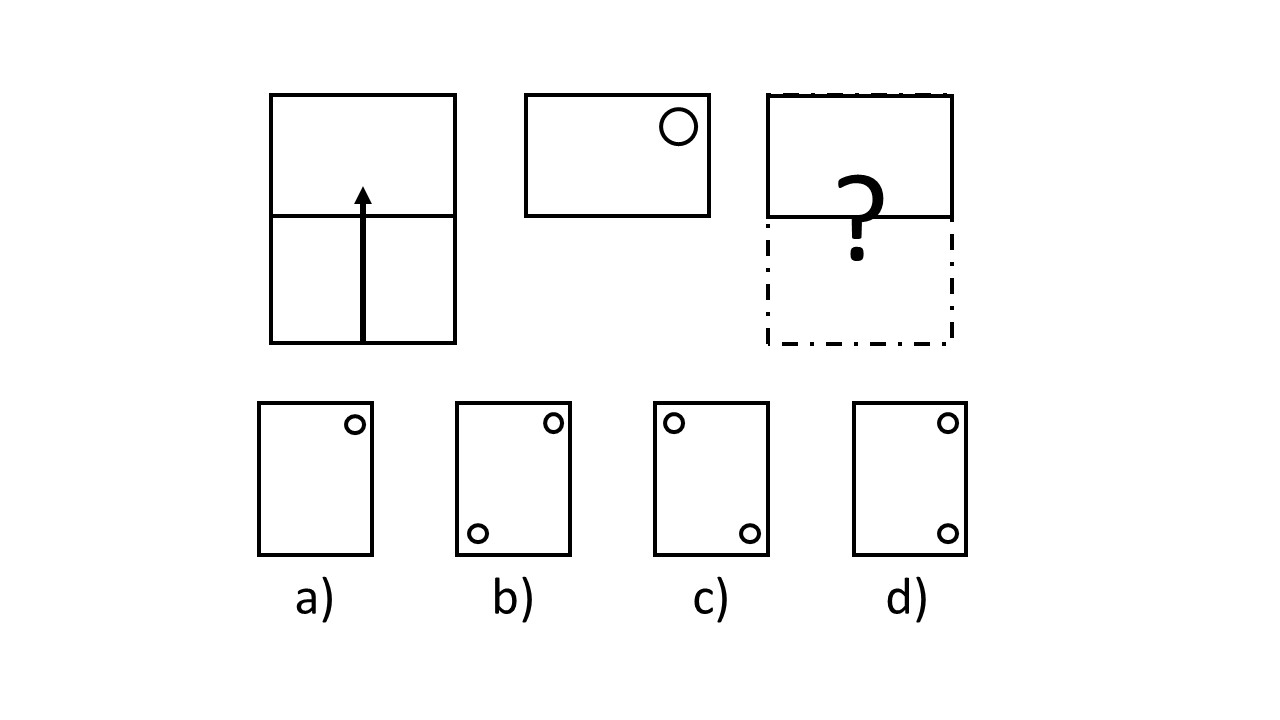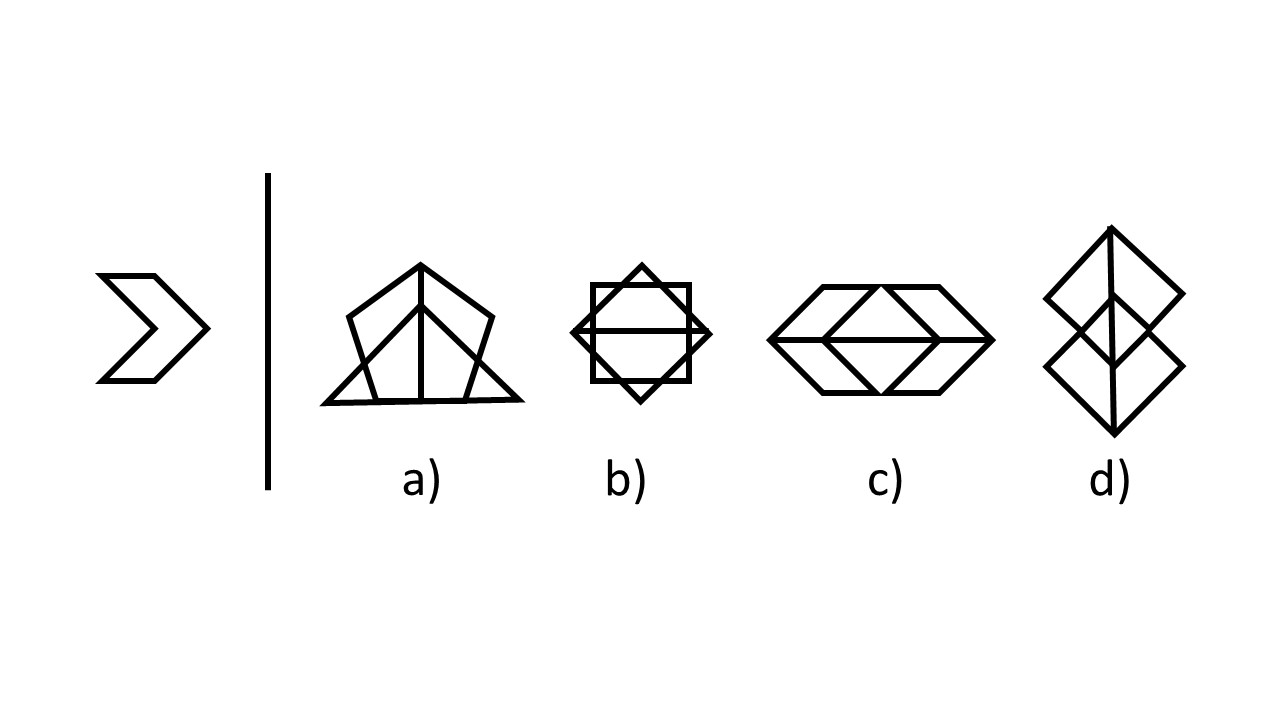The CAT4 Cognitive Abilities Test (2025 Guide)
All products and services featured are independently selected by WikiJob. When you register or purchase through links on this page, we may earn a commission.
- A List of CAT4 Test Levels Available for Practicing in 2025
- What Is the CAT4?
- What Is Being Assessed On the Cognitive Abilities Test (CAT4)?
- CAT4 Question Formats and Type
empty
empty
empty
- What to Expect When Taking the CAT4 in 2025
- Cognitive Abilities Test (CAT4) – Test Scores Explained
empty
- Advice for Parents in 2025 for CAT4 Test
- Frequently Asked Questions
- Final Thoughts
A List of CAT4 Test Levels Available for Practicing in 2025
- CAT4 Test Practice for Year 2 (Level X)
- CAT4 Test Practice for Year 4 (Level A)
- CAT4 Test Practice for Year 5 (Level B)
- CAT4 Test Practice for Year 6 (Level C)
- CAT4 Test Practice for Year 7 (Level D)
- CAT4 Test Practice for Year 8 (Level E)
- CAT4 Test Practice for Year 9 & Year 10 (Level F)
- CAT4 Test Practice for Year 11+ (Level G)
The Cognitive Abilities Test (or CAT4) is taken by students across the UK and Ireland between the ages of 6 and 17+.
Whilst not all schools use this test, over 50% of UK secondary schools do.
The test is designed to work out how each student best learns and thinks, allowing teachers and staff to support them better.
The CAT4 is similar to an IQ test for adults and gives a baseline for the potential and strengths of each student whilst highlighting any weaknesses they might have.
With this information, teachers can structure their lessons to suit different learning types.
For example, some students absorb information better via pictures, video and infographics, whereas others may prefer words and audio.
This article will give parents a better understanding of the CAT4, what areas will be tested and what the results will show.
What Is the CAT4?
The CAT4 has been developed by GL Assessment, with this fourth edition being five years in the making, using over 25,000 students’ data.
The test is used for a few different purposes:
- The CAT4 gives a snapshot of a child’s potential, more so than traditional, curriculum-based tests.
- It helps teachers to see which students will need assistance and support, as well as those who need to be pushed and challenged to reach their fullest potential.
- Teachers can group students who have similar learning skills and traits together.
- It identifies learning preferences.
Whilst it tends to be sat by secondary school pupils, the test can be taken as young as six and up to the age of 17 and above.
With various ages sitting the test, there are seven levels of difficulty:
- Year 2: Level X (6–7 years)
- Year 3: Level Y (7–8)
- Year 4: Level A (8–9)
- Year 5: Level B (9–10)
- Year 6: Level C (10–11)
- Year 7: Level D (11–12)
- Year 8: Level E (12–13)
- Years 9 + 10: Level F (13–15)
- Years 11+: Level G (15–17+)
CAT4 levels X to C can be good indicators of progress and pace of learning at a younger age.
This will highlight any strengths and weaknesses early on.
Many pupils also sit this in Key Stage 3, often as part of an entrance exam to some schools or as part of the move to secondary school.
This can provide them with support in the transition between primary and secondary education.
When taken by the older year groups, the CAT4 can be a guide to the subjects a child should study for GCSEs, A-levels and at university, as well as future career paths.
If you want 12-month access to all the practice resources for this test, our partner TestHQ.com offers a Premium Membership.
Family Membership gives you access to all the TestHQ resources for the next 12 months. You will also get two separate accounts, which can be very helpful if you have two children preparing for their tests.
Get a Premium Membership with 12-month access
What Is Being Assessed On the Cognitive Abilities Test (CAT4)?
The CAT4 tests four areas (or batteries):
- Verbal – Expressing ideas through words. This is useful for language-heavy subjects, such as English and History, and will highlight those children who have a natural way with words.
- Non-verbal – Problem-solving using visuals. It is needed for a range of subjects, such as maths and sciences where diagrams and infographics are commonly used.
- Quantitative – Using numbers to solve problems and looking at sequences and the relationships between them. This is not just for maths-based subjects, though, as analytics can be used across research-based subjects like business studies too.
- Spatial reasoning – This is the idea of working out how a child thinks and comes to conclusions. Again, this is useful for STEM subjects involving data but also subjects where reflections are included, such as any involving research projects.
The CAT4 aims to cover all subject areas, with many overlapping into multiple batteries.

CAT4 Question Formats and Type
Each of the four batteries of verbal, non-verbal, quantitative and spatial reasoning are broken down into smaller subsections.
Here’s a breakdown of what to expect on each test and what skills are required:
Part 1
Figure Classification
In this section, students must work out how three shapes are connected and choose which shape also connects.
Identify the next shape in the sequence:

Figure Matrices
This set of questions look at pattern recognition. Again, the student will have to look for a pattern in a set of shapes and figure out which answer fits best with the shapes given.
Which answer option completes the pattern?

Part 2
Verbal Classification
This part of the test shows a set of three words that all have a connection. Students must work out how they are similar and select an answer that continues the pattern.
Which word completes the pattern?
red, yellow, pink...
a) colours
b) green
c) light
d) dark
Verbal Analogies
In this section, a pair of words are given as an example. These words are connected somehow, and candidates need to figure out how they are linked. They then need to apply the connection to the third word to find the answer.
apple – green, strawberry – ?
a) fruit
b) green
c) red
d) raspberry
Number Analogies
This section is the same as Verbal Analogies above but with numbers instead. The student must spot the rule between a pair of numbers and apply the same rule to the third number to get the answer.
There will be a mixture of addition, subtraction, multiplication and division used.
3 – 5, 5 – ?
a) 7
b) 9
c) 2
d) 10
Part 3
Number Series
A series of numbers are given and students must work out why they are in that order and use the same rule to find the final number from the answers given.
1, 2, 4, 7, 11, ?
a) 16
b) 13
c) 15
d) 20
Figure Analysis
This section focuses on how candidates think about shapes and symmetry. They are shown a diagram and must work out what it would look like flat and unfolded to pick out the answer.
A piece of A4 paper is folded in half and a hole is punched in it. What will the paper look like when unfolded?

Figure Recognition
The final section is also about shapes but looks at how they are hidden. Each question has a given shape, which is hidden in one of the answers.
Find the hidden shape in the answer options below:

What to Expect When Taking the CAT4 in 2025
As seen above, the CAT4 is broken into three parts. Each part consists of multiple-choice questions and must be completed in 45 minutes; in total, two hours and 15 minutes.
Students are required to complete all questions in this time; however, some students, such as those with SEN, may be given extra time to finish.
The test can be sat both online and on paper, with many schools now preferring students to sit the online version.
Regardless of the format, the tests have the same scoring and results reports sent out.
Cognitive Abilities Test (CAT4) – Test Scores Explained
Each student will receive a raw score out of 130; this is the number of questions they have answered correctly.
These figures are then calculated into three different normative scores to give an overall picture.
These three normative scores are:
-
National Percentile Rank (NPR) – This is the percentage of students overall who scored higher or lower than the candidate. For example, if the student received an NPR of 65%, it means that they scored the same or better than 65% of all students in their age group. It also means that 35% of students scored higher than them.
-
Standard Age Scores (SAS) – The standard for each age group is an average of 100 with a standard deviation of 2. If pupils from different age groups achieve the same SAS, they’ve done equally well compared to others in their age group. Also, if a student achieves the same score on two different batteries, they have done better compared to others of a similar age.
-
Stanines (ST) – This scale is split into nine different levels and is based on both the scores above. It shows teachers the level of performance of each student and where they sit on the scale.
The Stanine Scale
| Stanine | Percentage of Cases | Corresponding of Percentiles | Corresponding SAS | |
|---|---|---|---|---|
| Very High | 9 | 4% | 97 or higher | 127 or higher |
| Above Average | 8 | 7% | 90–96 | 119–126 |
| 7 | 12% | 78–89 | 112–118 | |
| Average | 6 | 17% | 59–77 | 104–111 |
| 5 | 20% | 41–58 | 97–103 | |
| 4 | 17% | 23–40 | 89–96 | |
| Below Average | 3 | 12% | 12–22 | 82–88 |
| 2 | 7% | 5–11 | 74–81 | |
| Very Low | 1 | 4% | 4 or under | 73 or under |
Advice for Parents in 2025 for CAT4 Test
The CAT4 is not a knowledge-based test; it requires logic and reasoning.
The test-makers advise against taking practice tests as practice beforehand could result in inaccurate results.
The questions test how each student’s brain responds to different areas, such as words, numbers and shapes.
Some of the questions will be recognisable to the child as they will be similar to those they have seen in previous academic exams. However, some cover multiple subjects and wouldn’t fit into a curriculum-based exam.
By practising these types of questions, the child will be more aware of how to answer and may score highly in a section that they would normally struggle with, such as number patterns and sequences.
Ultimately, the best advice for parents is to encourage your child to relax.
This is not like a regular exam; it is not designed to test their knowledge on any subject. The idea is to get an overview of which areas of learning they excel in and which areas they need a helping hand with.
Each student will get a comprehensive report sent back to the school and you should be offered the opportunity to discuss them with a teacher. Many schools will enlist the help of parents to pick a suitable learning schedule for the student.
Practice a CAT4 Test with TestHQ
The CAT4 cognitive abilities test assesses verbal, non-verbal, quantitative and spatial reasoning. This multiple-choice test takes around two hours to complete. This test is usually taken by secondary school pupils, but it can be taken by anyone aged six or over. The test has seven levels of difficulty, with Level X taken by six to seven-year-olds and Level G taken by 15 to 17+ year-olds.
A person’s CAT4 results provide an overview of their learning potential. This can be used by education staff to identify students who may need additional support, as well as students who will need to be challenged to reach their full potential.
Many teachers use CAT4 results to categorize students, grouping students with similar abilities and learning preferences together.
Yes, and it is important to do so. The most effective way to prepare for the CAT4 test is to become familiar with the test format and improve your vocabulary.
TestHQ has several online resources designed to help you to prepare for the CAT4 test, including practice tests, tips, tutorials and study guides.
The average CAT4 score is 100. When taking the test, your results will include a Standard Age Score (SAS).
This score is based on your raw score (the number of questions answered correctly) and adjusted according to your age. It is placed on a scale that is designed to draw comparisons with a sample of other students in your age group.
CAT scores are calculated in comparison to a pupil's peers. There are also different ways to calculate the scores depending on the purpose they are being used for.
Students will be given a raw score which is the overall number of correct answers alongside a variety of scores that are calculated using averages for age and grade.
The average score can vary from year-to-year depending on the levels attained by others. In general terms, a good raw score would be considered to be above 112.
The test will usually take around two hours to fully complete, although each separate battery of questions can be taken individually which allows for students to take breaks in-between sections.
There are 9 different levels on the CAT4 test and each one relates to the level of difficulty. Generally, a different level of test would be given to students in each grade from the age of six to 17.
When you are given the results of your CAT4 score, you will notice that you are given a variety of different formats. Each one will have a slightly different meaning.
- Raw score – This is the total number of correct answers across all of the batteries. This is scored out of 130 and a score of above 112 is considered above average.
- National Percentile Rank – This ranks all children who took the same test at the same time. Essentially, the score given here will inform parents where their child scored in relation to others. This means that if your child is given a score of 65% then they scored better than 65% of children their age.
- Standard Age Scores – This is the average score for children of the same age. For example, this means that all of the scores of children aged eight will be averaged and students will be given a percentile score which shows where they would stand within a lineup of 100 eight-year-olds.
- Percentile Rank – This is a simplified version of the average scores. Students are given a score which is between one and nine. A score of five or above is considered good.
The results of the CAT4 can be used for various purposes:
- Educational planning
- Identification of giftedness
- Special educational needs (SEN)
- Admissions and placements
- Monitoring progress
CAT4 testing is possible for dyslexic students, as the test is designed to assess a broad range of cognitive abilities rather than focusing solely on reading or language skills.
However, it's important to consider the individual needs and accommodations required for students with dyslexia during the testing process.
Test administrators should ensure that appropriate accommodations, such as extra time, modified instructions, or alternative response formats, are provided to create a fair testing environment for dyslexic students.
The CAT4 assesses a wide range of cognitive abilities, providing a comprehensive profile of a student's strengths and weaknesses across different domains. This information can help educators better understand the student's learning potential and tailor instruction accordingly.
Yes. Here are some steps you can take to prepare for the CAT4:
- Understand the test structure
- Identify your strengths and weaknesses
- Practice regularly
- Analyze your performance
- Seek additional resources
- Time management
- Maintain a positive mindset
Final Thoughts
Compared to other tests your child will sit in their academic career, the CAT4 is the least intimidating.
Whilst they might not know what to expect from the test itself, the fact that there is no revision required could relieve some of that pressure.
A child may show promise in a certain area of the test, which can be used to help them develop their learning skills.
There may also be an area that they are struggling with or do not feel as confident in. Teachers will then be able to use this knowledge to guide their learning.
The CAT4 is a tool for students, teachers and parents alike to see where the child is currently at and where they can be. Learning can be tailored towards these results and all three parties involved can work together to ensure the child feels as supported and challenged as they need to be.




